Unconventional Foraging
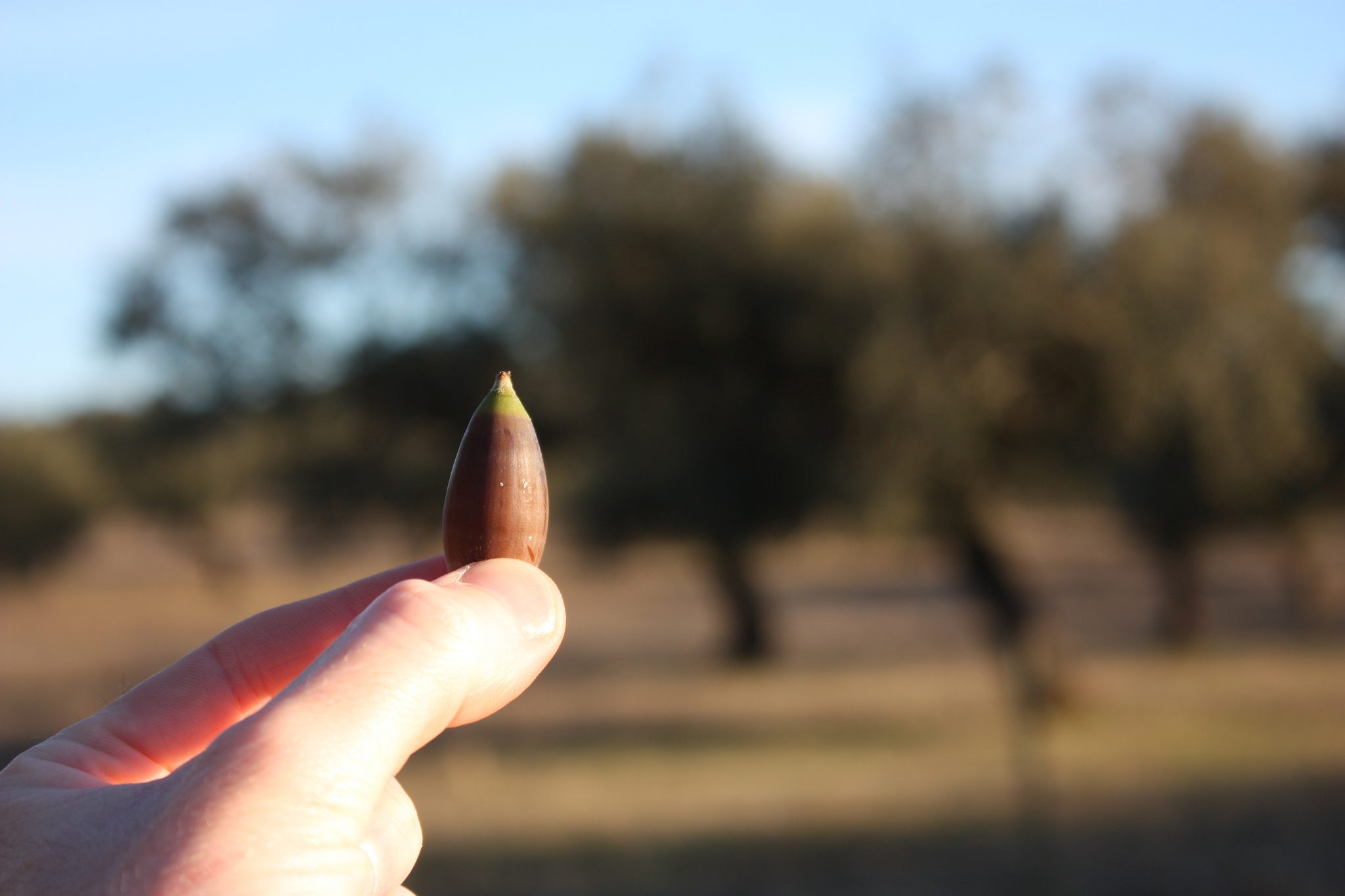 Acorn (Photo by Manuel QC on Flickr)
Acorn (Photo by Manuel QC on Flickr)
“Outside the DMV I see these Mediterranean oaks or holly oaks just dumping acorns,” Joel Robinson tells me. “Dried perfectly. So, I’m in the parking lot stuffing my pockets full.”
Robinson is the director and head naturalist of Naturalist For You, based in Southern California, and he’s no stranger to acorn collecting. “It’s one of the most nutritious foods” he continues. “As they lose moisture, the nut shrinks, detaches from its shell, and kills weevils. You can shell it with a rock. The nuts are the size of an almond or bigger which you then pound into a meal and soak in clean cold water for at least a half hour to leech out the tannic acid.”
Acorn shelling with a group of friends is preferable. Robinson continues, “Community is the driving force at this point. If we can all see that we are one giant organized community, then we can all understand how the ecosystem works– we can learn how to live in a harmonious way.”
So, how frequently does he return to the DMV for those acorns?
 DMV (Photo by Coolmikcol on Flickr)
DMV (Photo by Coolmikcol on Flickr)
Not often. Robinson laughs, “I’m only at the DMV if I have to be there.” He’s always scanning spots, emphasizing a common ideology among naturalists: only take what you need, always leave something behind. It’s not about quantity. “Besides,” he continues, “Oaks don’t produce all the time.”
Henry David Thoreau once wrote, “What you get by achieving your goals is not as important as what you become by achieving your goals.” Robinson’s relationship with foraging feels similar. The intention is not only about finding food in pushed aside places, but living, or re-learning how to live collectively with one another in our natural state, especially if our environment is less like Walden Pond and more like a bustling city or suburb. Forager Scott Dantzler reflects: “It is amazing how close the wild opportunity is to most of us and how invisible it remains.”
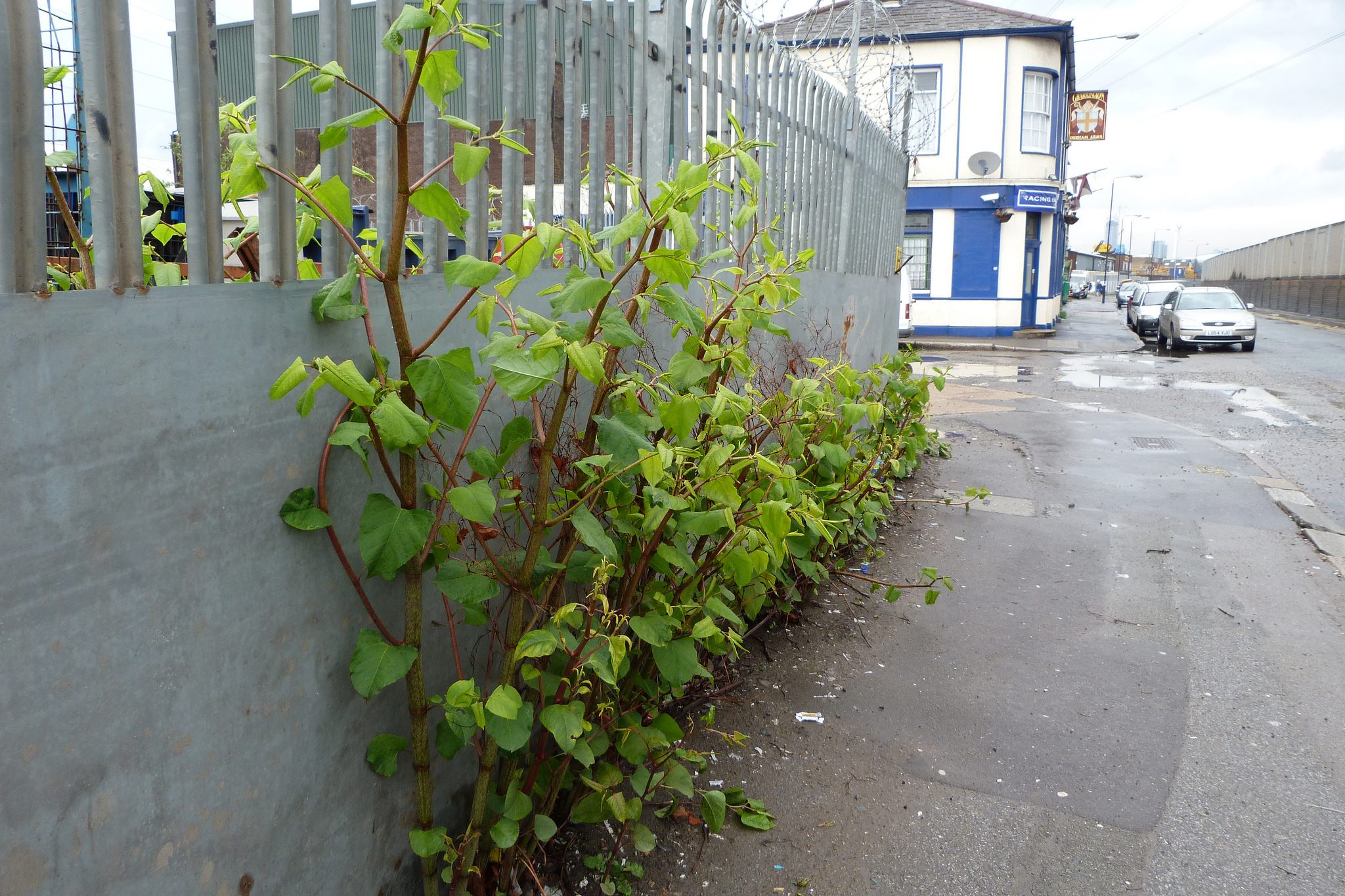 Knotweed (Photo by Loopzilla on Flickr)
Knotweed (Photo by Loopzilla on Flickr)
David Craft, in his book Urban Foraging, discovers a batch of Japanese knotweed breaking through pavement in an abandoned Boston lot. Most might consider this ubiquitous plant an invasive eye-sore, but Craft disagrees, shedding history on the topic. In the 1800s, Frederick Law Olmsted incorporated this “kudzu of the north” ornamentally into the design of Boston’s Emerald Necklace and New York’s Central Park; however, its ability to thrive– growing sometimes six inches a day– and wildly erupt from “sidewalk cracks” or “median strips” deters its use today. In fact, its unruly proliferation actually prompts eradication. Therefore, Craft sees knotweed harvesting as a playful community service, a creative and nourishing win-win for both cities and humans.
 “Knotweed” (Photo by David Craft, Used with Permission)
“Knotweed” (Photo by David Craft, Used with Permission)
Foraging is about altering our perception– adapting to our environment and rethinking excess or access. Craft suggests, unconventional places to forage can be as conventional as your own front stoop.
 Christmas Tree (Photo by julio.garciah on Flickr)
Christmas Tree (Photo by julio.garciah on Flickr)
Recently Craft “grabbed branches from some discarded Christmas trees in the neighborhood and steeped them in vodka for a ‘Christmas Tree Schnapps.’”
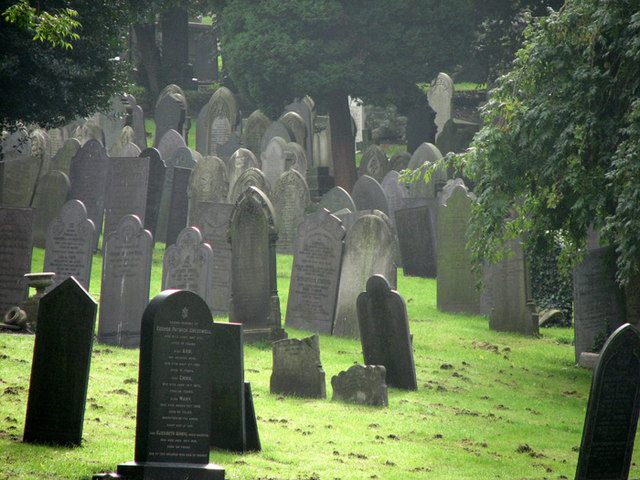 Cemetery (Photo by Geograph.org, Used with Permission)
Cemetery (Photo by Geograph.org, Used with Permission)
Craft adds, “Big, nice cemeteries are sometimes good spots since they usually have a large compost type section where discarded plants from graves are tossed. Compost areas are great for a variety of weeds in high quality soils. I also found a bunch of oyster mushrooms on a log in cemetery outskirts once.”
Unearthing the commonly overlooked is a running thread.
 Foreclosure (Photo by andrewbain on Flickr)
Foreclosure (Photo by andrewbain on Flickr)
In 2011, Kelly Callahan foraged for figs on foreclosed bank-owned properties, intending to jam and donate the bulk. Strengthening that sentiment, nonprofits such as Concrete Jungle encourage people to gather, pick, and directly connect those in need to salvaged bounties or bridge the gap between the haves and have-nots.
According to Joel Robinson, first and foremost, foraging is about education: striving to twist peculiar gathering techniques into something more customary by working together and “building consciousness.” As far as inspiration goes, he suggests one look no further than Ron Finley, who states, “To change the community, you have to change the composition of the soil, and we are the soil.”
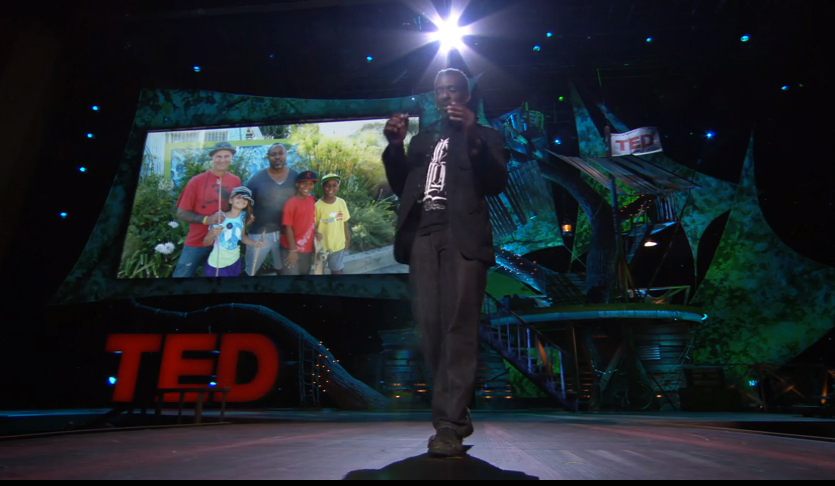 Ron Finley at TedX from TedX video
Ron Finley at TedX from TedX video
Finley built a mini-urban forest smack dab in the middle of South Central on “unutilized open space” and from there his gospel grew. This South Los Angeles resident sees gardening as an outsider art comparable to graffiti. In a TEDX talk, Finley explains, “I use the garden, the soil, like its a piece of cloth, and the plants and the trees– that’s my embellishments for that cloth … You’d be surprised … You just can’t imagine how amazing a sunflower is and how it affects people.”
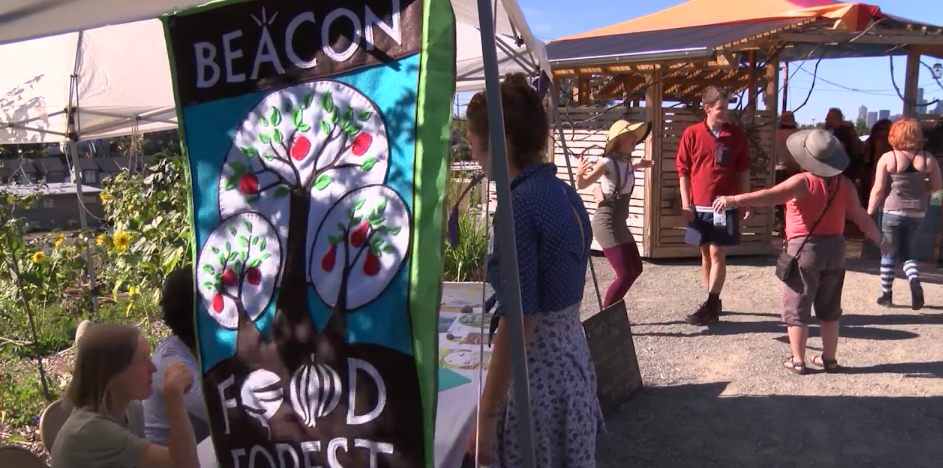 Beacon photo video still from Vimeo
Beacon photo video still from Vimeo
In line with Finley’s thinking, Beacon Food Forest in Seattle covers seven acres of public land, and just might be the country’s biggest intentional foraging spot open to all. Based in Beacon Hill, the surrounding community is diverse, and access to local, affordable, organic food has previously been rare. Such projects are changing not only how we see foraging, but also how we see cities and city owned land.
 Joel_Robinson (Photo via Joel Robinson, Used with Permission)
Joel_Robinson (Photo via Joel Robinson, Used with Permission)
Nature is not just one thing. Nature is everything. This is Joel Robinson’s perspective. As it turns out, he is not alone. Like Thoreau, we “need the tonic of wildness,” but we don’t always need it in isolation. We need more integration– to work with what we have, in collaboration with the arms of a city, its forgotten open space, and ambitious surrounding community. This thinking is where the word “unconventional,” at its finest, finds a new beat.
Gastro Obscura covers the world’s most wondrous food and drink.
Sign up for our regular newsletter.






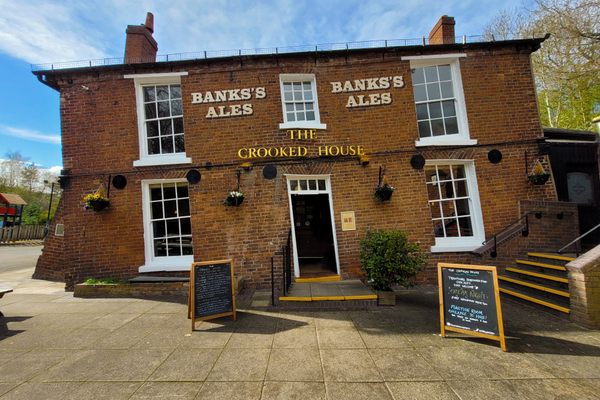

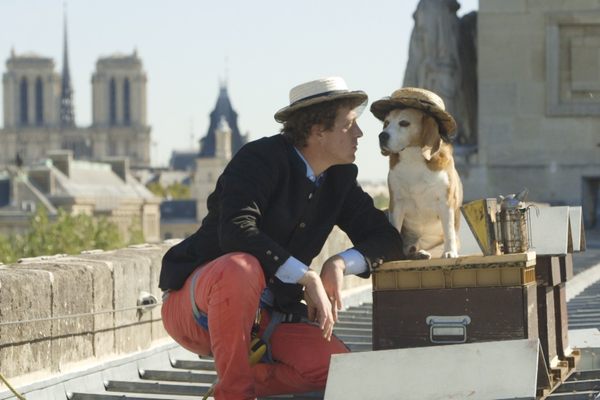



































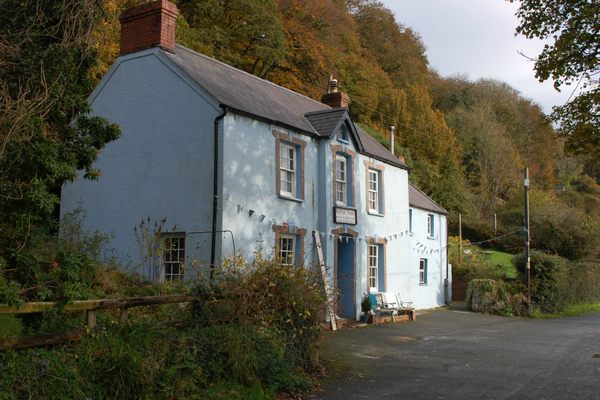



Follow us on Twitter to get the latest on the world's hidden wonders.
Like us on Facebook to get the latest on the world's hidden wonders.
Follow us on Twitter Like us on Facebook